Rhopalidae (Scentless Plant Bugs)
Rhopalidae, or scentless plant bugs, are a family of true bugs. They differ from the related coreids in lacking well-developed scent glands. They are usually light-colored and smaller than the coreids. Some are very similar to lygaeids, but can be distinguished by the numerous veins in the membrane of the hemelytra. They live principally on weeds, but a few are arboreal. All are plant feeders. Currently 18 genera and over 200 species of rhopalids are known.
Soapberry Bugs specifically encompass all species within the subfamily Serinethinae. Serinethinae contains three genera:
Jadera, Leptocoris, Boisea.
Leptocoris is the largest genus of the soapberry bug subfamily. The 41 species of this genus are distributed throughout Africa, South Asia, and Oceania and are thought to have originated in Africa, where the greatest diversity of Leptocoris species are found. Members of this genus are large-bodied and have short, wide pronota.
Links:
Soapberry Bugs of the World
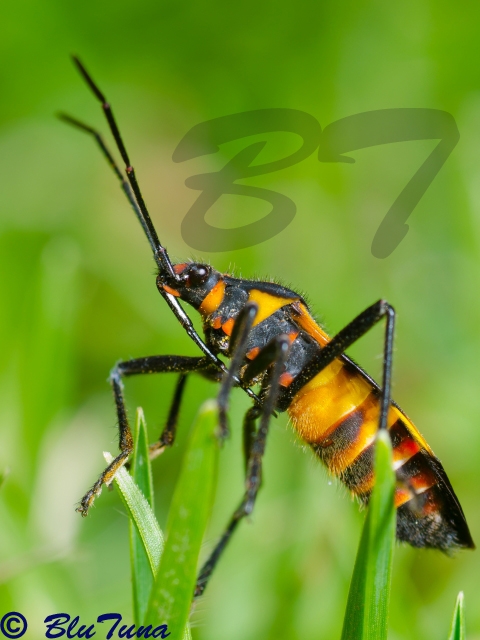 © BluTuna
© BluTuna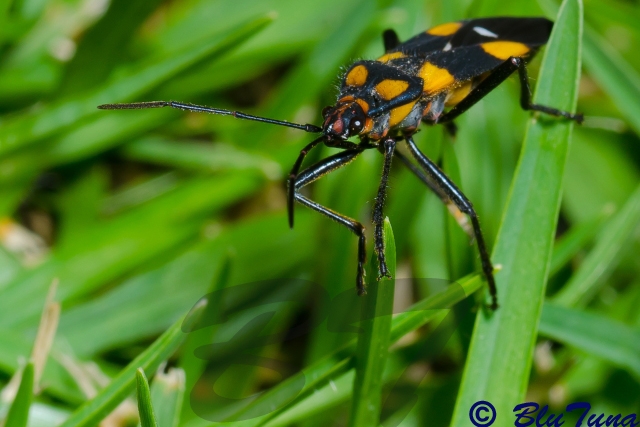 © BluTuna
© BluTuna


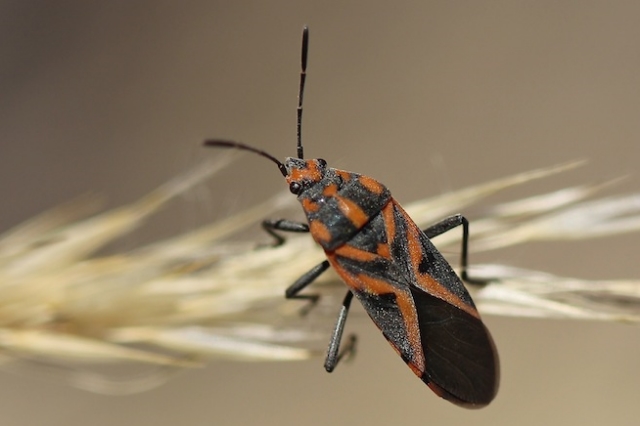
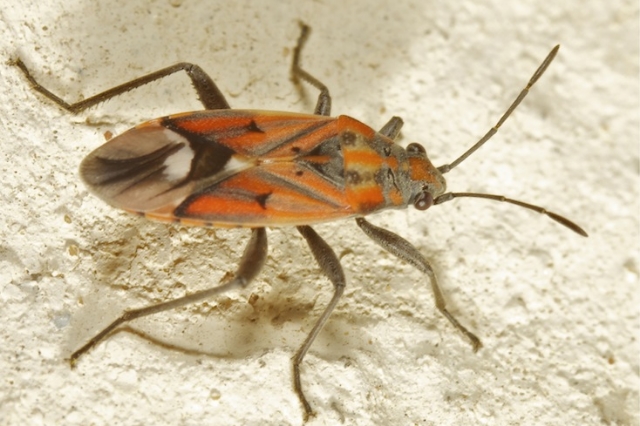

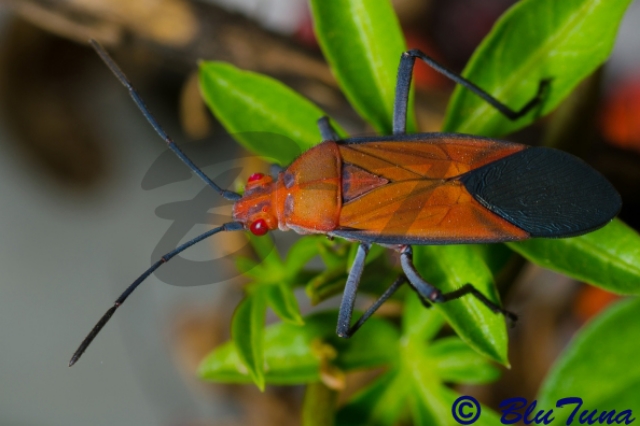 © BluTuna
© BluTuna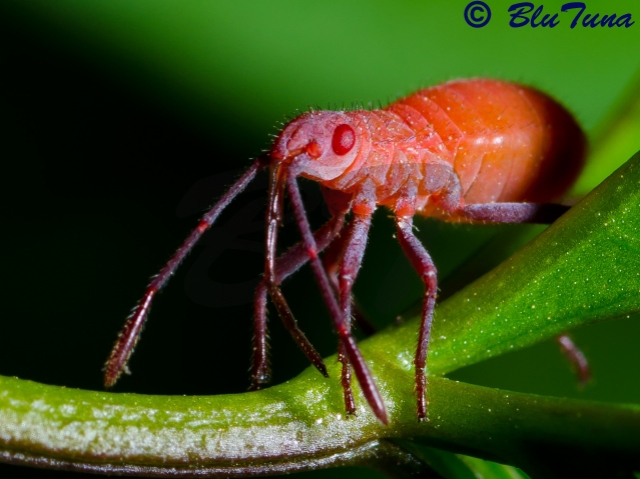 © BluTuna
© BluTuna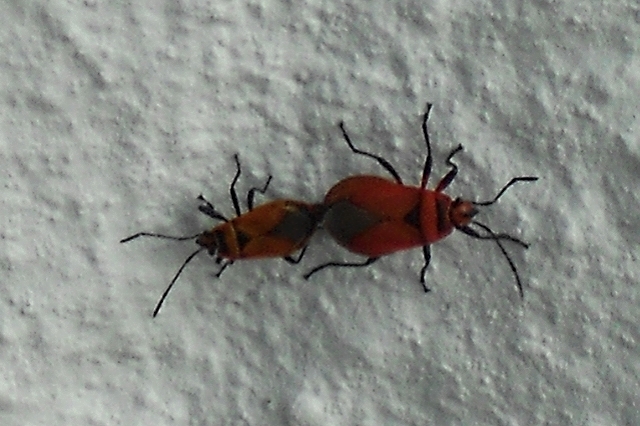 © Tina
© Tina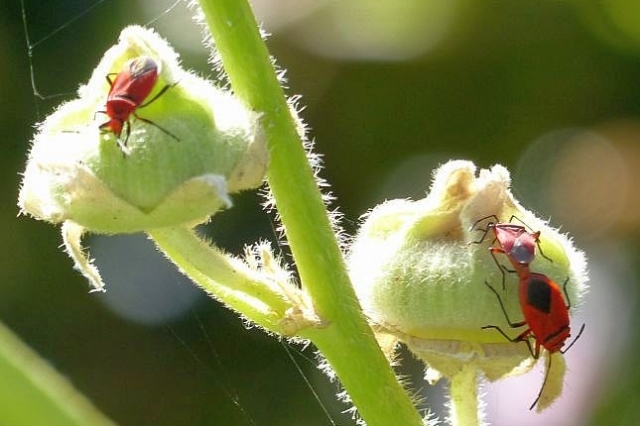 © arks
© arks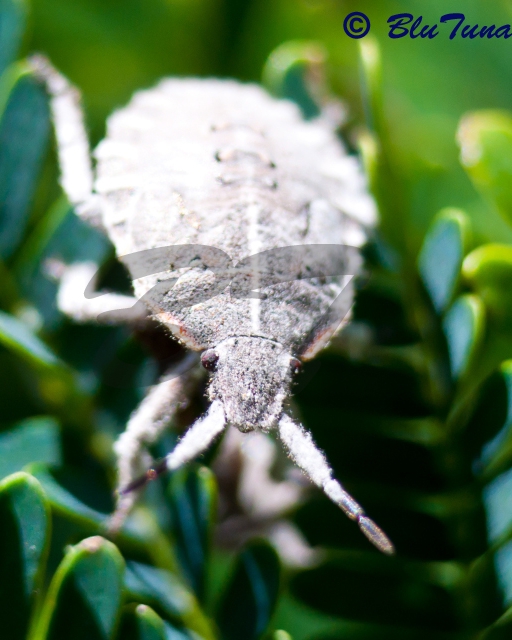 © BluTuna
© BluTuna